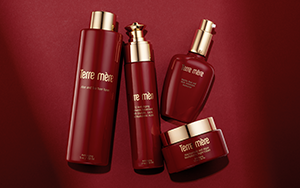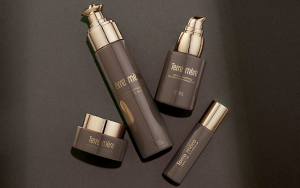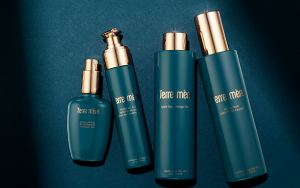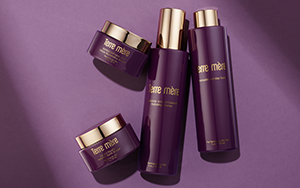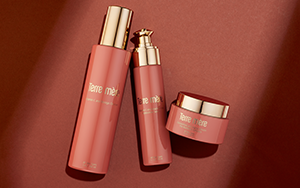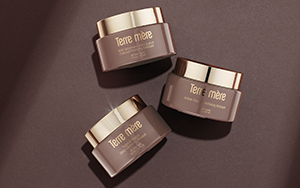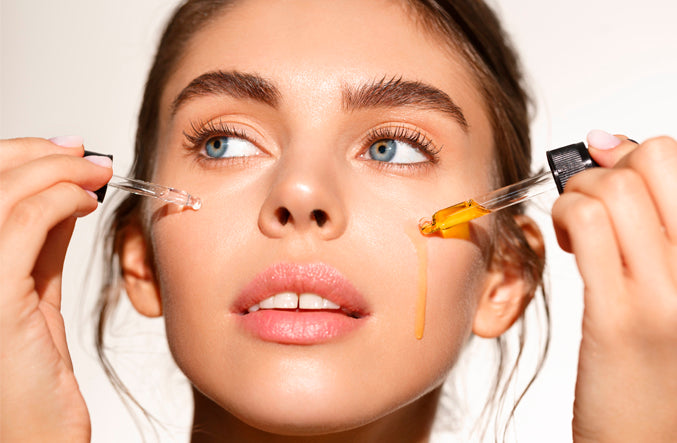
What’s The Difference Between Squalene and Squalane, And Where Do They Come From?
If you’ve ever looked at the ingredients list of a face oil or serum, you might have noticed the words “squalene” or “squalane” written on the label. Compared to some other scary-sounding chemicals in cosmetics, the names seem harmless enough — and because they’re natural ingredients, they make their way into plenty of skincare products. However, the truth is that squalene and squalane’s origin story is far from harmless.
Squalene and squalane might look and sound similar, but there’s actually an important distinction to be made between the two.
Squalene (with an e) is produced naturally by our sebaceous glands to hydrate and maintain the barrier of our skin. It’s a natural emollient, meaning it works to lock moisture into the skin. Its moisturizing properties also keep fine lines and dry skin at bay.
Our natural production of squalene dips once we hit around our mid-twenties. As a result, many people turn to topically applying it to keep the skin’s moisture barrier intact. But as a skincare product, squalene’s shelf life doesn’t have a stellar reputation: it’s highly unstable and goes bad quickly. That’s where squalane with an a comes in.
Squalane is a hydrogenated version of squalene. That means it’s much more stable than squalene is, since it doesn’t oxidize when exposed to the air. Squalane is the byproduct of squalene that’s found in cosmetics products such as face creams, oils, and serums. Essentially, squalene is what’s found in living bodies; squalane is what’s found in a bottle.
Unfortunately, the squalene and squalane infused in many cosmetics products are often derived from animals, and not just any. Squalene and squalene come from one of the most feared predators in the world: sharks.
A Deep Dive Into Squalene’s Origins
Say the word “shark” to most people, and the image of a terrifying creature rushing through the water with jaws agape comes to mind. But in reality, sharks have more of a right to be frightened of humans; it’s estimated that 2.7 million sharks are killed for their livers every year.
Sharks, especially deep-sea species living between depths of 300 to 1500 meters, contain an extremely oily liver that helps them maintain their buoyancy and survive the crushing pressures of the deep. Roughly 96% of shark liver oil is entirely squalene, and, depending on the species, a shark’s liver can amass up to 20% of its body weight. That’s a lot of oil — and it ends up in cosmetics like sunscreen, foundation, moisturizer, lipstick, eye makeup, tanning products.
About 50 species of sharks are fished for their livers, many of which are endangered. And just like the cruel practice of shark-finning, squalene fishermen cut out the shark livers only to toss the remains back into the ocean. This is what’s known as “shark livering.”
As the number of sharks in the ocean vastly declines, so does the health of our delicate marine ecosystems. Sharks are the ocean’s apex predators, keeping ecosystems in balance and preventing the overgrowth of species that could lead to the demise of coral reefs or fish populations. Additionally, because sharks prey on sick or weaker animals, sharks are known to prevent the spread of disease and encourage genetic fitness in various species of fish. Without sharks, our oceans are thrown into peril.
Enter Olives, The Ocean’s Unsung Heroes
Luckily for sharks (as well as the entire marine ecosystem), squalane can be alternatively sourced from plants. One of the most popular vegan sources of squalane is olives. Shark liver oil is the natural world’s largest bank of squalene, which is why it’s so commonly exploited, but olive oil is also a potent source of squalene, and it offers up the exact same benefits.
Squalane that’s distilled from olive oil quickly penetrates and absorbs into the skin, where it’s able to work its hydrating magic. Just like squalane derived from animals, olive oil squalane possesses excellent chemical stability and plays well with other skincare ingredients. It deeply moisturizes the skin without leaving an oily finish, providing the skin with a healthy, rejuvenated glow.
Olive squalane is also beneficial to the nails and hair, fighting excessive dryness that lead to symptoms like brittle, broken hair and chipped nails. It’s clear and odorless, so there’s no need to worry about it leaving any kind of residue or smell when applying.
Best of all, olive oil squalane is entirely effective and cruelty-free. It doesn’t promote the degradation of our oceans, and it keeps the skin hydrated all the same. In some cases, however, it’s impossible to gauge whether the squalane in a cosmetics product is sourced from animals or plants. That’s why it’s important to either look for labels that say the product is 100% vegan or to follow up with the manufacturer.
Yes, achieving glowing, healthy skin is possible — and so is achieving that healthy glow without animal products!

